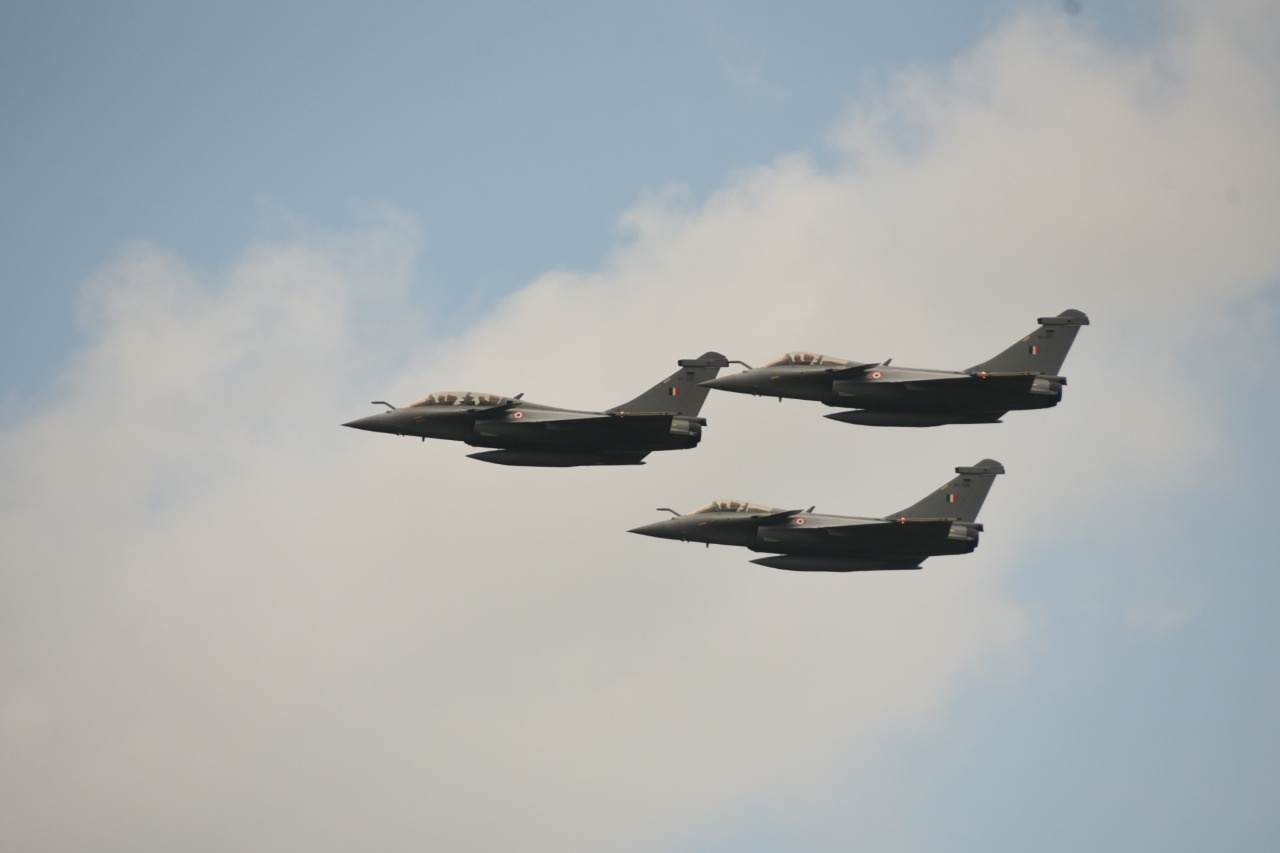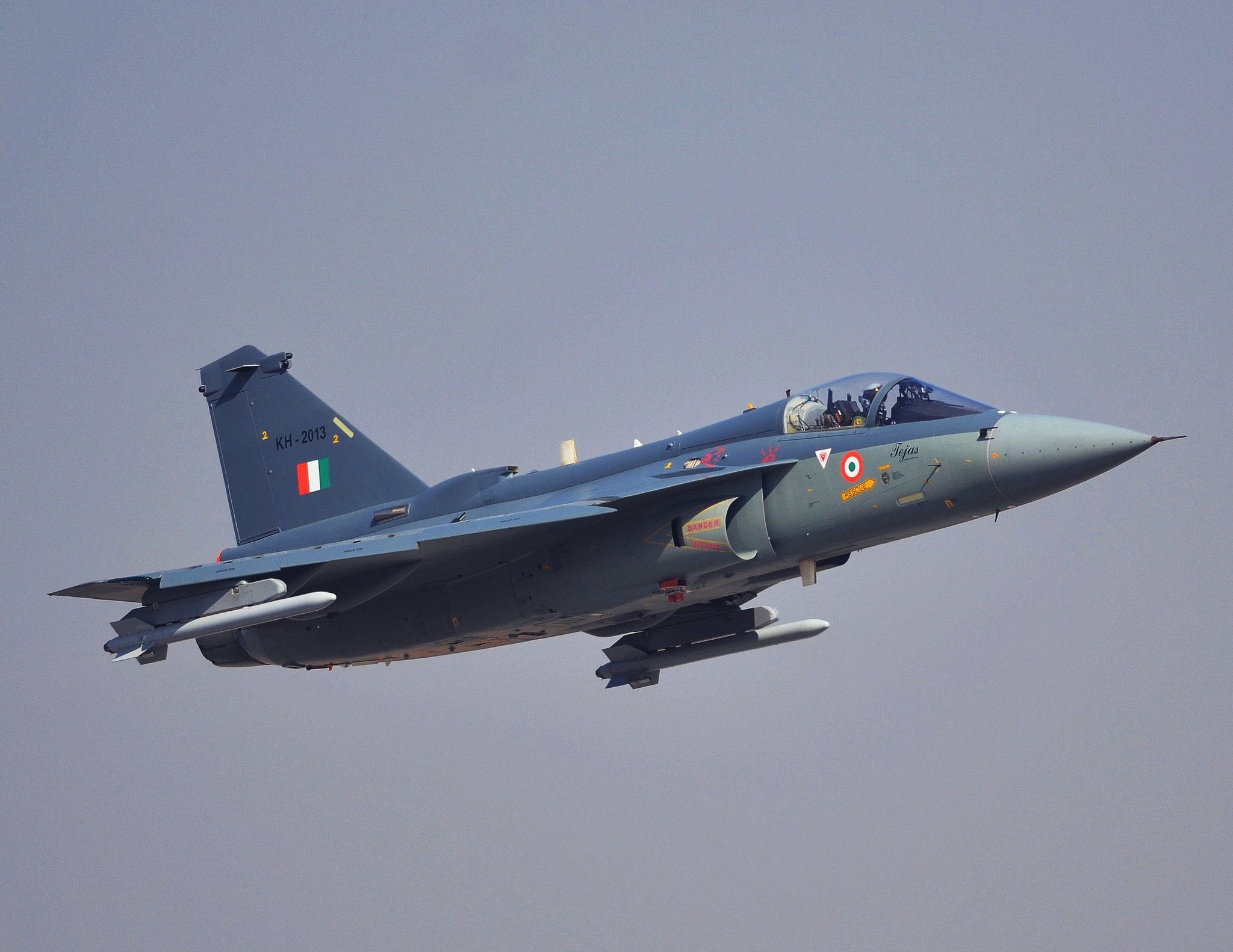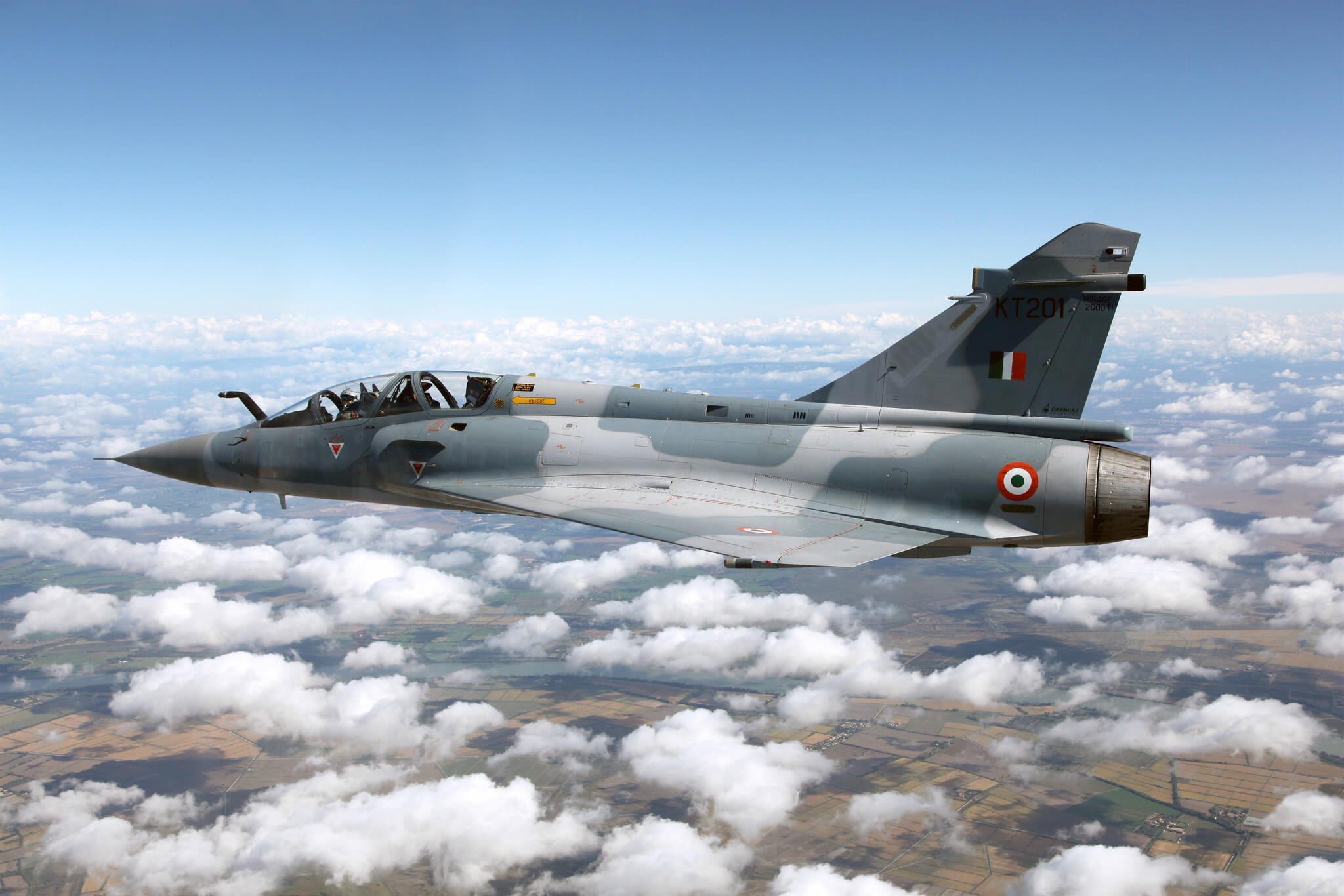As the 13th round of talks between India and China to resolve the standoff in Ladakh ended without any agreement on Sunday, the possibility of a localized conflict has once again reared its head. In this scenario, air forces on both sides will play a crucial role, if the conflict escalates.
200 PLA Soldiers Were Detained By Indian Army; China Released Galwan Clash Pics In Retaliation – Military Veteran
Is the Indian Air Force (IAF) ready to counter and get the better of the People’s Liberation Army Air Force (PLAAF)?
The challenges facing the IAF are multifold. From hostile neighbors which present a collusive threat to its fleet, which is not only dwindling but also fast getting obsolete with slow induction of newer combat aircraft and not in the numbers required, IAF is surely in a tight spot.
The service has been trying for many years to shore up its combat aircraft strength to the magic figure of 42 squadrons, with each squadron having 12 to 18 aircraft, which according to planners, is the ideal number if India is to face Pakistan and China simultaneously, a scenario, which was hypothetical in the past but is very much possible now.
The China Threat
In 2019 when the Pulwama attack happened and IAF Mirage 2000s carried out aerial surgical strike on a terror camp in Balakot inside Pakistan, India’s borders with China were comparatively peaceful.
But the situation has dramatically changed since April 2020 when Chinese soldiers entered eastern Ladakh at a number of points, occupied territory, and refused to go back.
Now, not only IAF has to keep watch on the Line of Control (the de facto India-Pakistan border in the Kashmir Valley) but also on the Line of Actual Control, the disputed border between India and China.

Since last year IAF has also deployed Sukhoi Su-30MKI, Mirage 2000, newly inducted Rafale, and Jaguar fighters at key airbases in the region to counter the Chinese PLAAF.
The total number of combat aircraft in IAF service is just over 600 while PLAAF has twice that number and most of them are modern jets while India still is straddled with museum pieces like the MiG-21 and Jaguar, which have been kept in museums or used as gate guardians in countries of their origin — Russia and the UK, respectively.
China’s ‘Flying Leopard’ – Can Upgraded JH-7 Fighter-Bombers Add To PLAAF’s Military Muscle Amidst India, Taiwan Tensions?
Sukhois Unreliable?
The problems encountered by the Su-30 MKI, the most numerous type in the IAF with over 250 in service have been a constant source of worry for the IAF. The availability rate of the aircraft is less than 50 percent, meaning less than half of the strength, just over 100, is available at any given time, which is alarming.

If war breaks out, just 100 Sukhois will be ready to fight. Out of the rest, the Mirage 2000s have the best availability and reliability rate and that is the reason why it has been preferred over the Su-30 to undertake key strike missions despite entering service nearly two decades before the Su-30.
The Rafale is expected to better the Mirage but it is still entering service. IAF would be heavily relying on the limited number of French jets that are battle-tested, having proven their mettle in Afghanistan, Mali, Libya, Syria, and Iraq.
The Rafale is outfitted to carry a variety of munitions based on the operational profile of a mission. The Rafale can sport deadly armaments including the MICA, Meteor, Hammer, and SCALP missile.

Rafale’s versatility makes it a powerful deterrent against both conventional and asymmetric threats, but how will it match against PLAAF’s numerical edge or its much-hyped stealth J-20 fighters cannot be envisaged.
Of the rest, MiG-29 is a pure interceptor with secondary strike capability; Jaguar is a strike aircraft, which because of its anemic engines, will not be able to perform with full battle load in Ladakh. The MiG-21 Bison is on its last legs and it is just a point defense fighter, totally outclassed in this day and age.
India’s $18B Aircraft Deal: Did US Offer Its F-35 Stealth Fighter Jets To Indian Air Force For Dumping Russian S-400s?
Tejas Still To Mature
The Tejas Mark I, of which there are two squadrons is beset with issues including an underpowered engine and inadequate range meaning that IAF is wary of deploying it anywhere near hostile borders though there are media reports saying one squadron of these indigenous fighters will be replacing the MiG-21 Bison squadron at the Srinagar airbase in 2022.
The HAL Tejas Mark 1A, in which all issues being faced by the Mk1 have been addressed, is still on the drawing board and if the prototype is successful will enter service 2024 onwards.
However, for the next 10 to 15 years, the possibility of IAF increasing its squadron strength to 42 is near to impossible.

“It is not possible for IAF to reach sanctioned strength of 42 combat aircraft squadrons in the next 10-15 years. The force will remain at 35 squadrons, given the current phaseouts and inductions,” said Chief of the Air Staff, Air Chief Marshal V.R. Chaudhari, on eve of the 79th anniversary of IAF.
MiG-21s will be retiring before 2025, while Mirage 2000s, Jaguars, and MiG-29s will be phased out at the end of this decade or early in the 2030s. That’s a combined squadron strength of around 15 squadrons.
Replacements For Old Aircraft?
If all goes according to plan, four squadrons of Tejas Mk IA will be in service in that time period along with seven squadrons of medium multi-role combat aircraft (MMRCA), four squadrons of Tejas Mk 2, and a yet-unknown number of squadrons of the ambitious advanced medium combat aircraft (AMCA).
Three Times The Speed Of Sound, How India’s Trisonic Fighter Aircraft Left Pakistan’s F-16s, Chinese Defenses ‘High & Dry’
The AMCA is modeled on the F-22 and is intended to be a radar-evading stealth aircraft although the technology needed for it is still being developed so the exact service entry date is not clear, though it will be somewhere in the mid to late 2030s.
While most of the above-mentioned aircraft are still in the design phase and if they have a gestation period like that of the Tejas Mk 1, it will prove to be disastrous but not in the case of MMRCA.
IAF is in process of acquiring 114 aircraft under the MMRCA 2.0 program with the Rafale and F-21, the most advanced version of the F-16 fitted with tech developed for the F-35 – being the front-runners. The Boeing F-18 Super Hornet, F-15EX, Saab Gripen, Eurofighter Typhoon, Russian Su-35 and MiG-35 are also in the race.
The $19 billion deal is said to be the largest military procurement program anywhere in the world in recent years. But the question remains as to why has IAF not bought aircraft over the years as the shortfall was highlighted many years ago?

The convoluted procurement process is to be blamed for this. The process to acquire MMRCA started in the mid-1990s with different names and nomenclature though it picked up speed in 2007 and it took another seven years before the Government of India selected the Rafale in 2015.
Instead of acquiring the intended number of 126 aircraft, only 36 Rafales were bought in a government-to-government deal.
With this the MMRCA program was dead but it is now being revived given the late-maturing indigenous combat aircraft program like the Tejas and the number of squadrons going down.

With everything delayed and with no option other than continuing with older aircraft as long as possible, IAF has purchased retired Mirage 2000 aircraft of the French Air Force for using their parts for those in service as Dassault Aviation, manufacturer of the aircraft, has stopped making spares.
USAF Gets High-Powered Laser Weapon On Its Ghostrider Aircraft; Says Can ‘Knock Out’ Enemy Defenses In A Jiffy
The first MMRCA aircraft will take four to five years to arrive after the contract is signed and for the rest of the aircraft to be inducted it will take a decade, even more.
So, as things stand today, IAF has been able to quickly move resources and equipment to key airbases near the border with China to thwart any more ingress into our territory, but in the long run, if the stalemate continues and Pakistan starts mischief in that region, IAF will have its hands full.
- Ramandeep Singh Bajwa is a senior defense journalist who has worked in both online and print media. He keenly follows the defense domain and has a special interest in combat aircraft. He can be reached at: bajwa.rs@gmail.com
- Follow EurAsian Times on Google News




